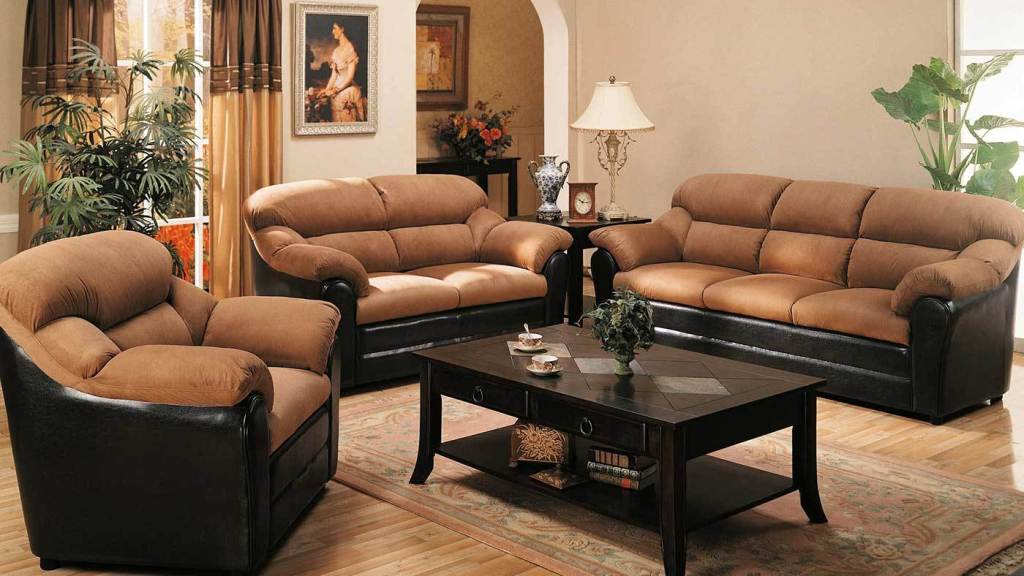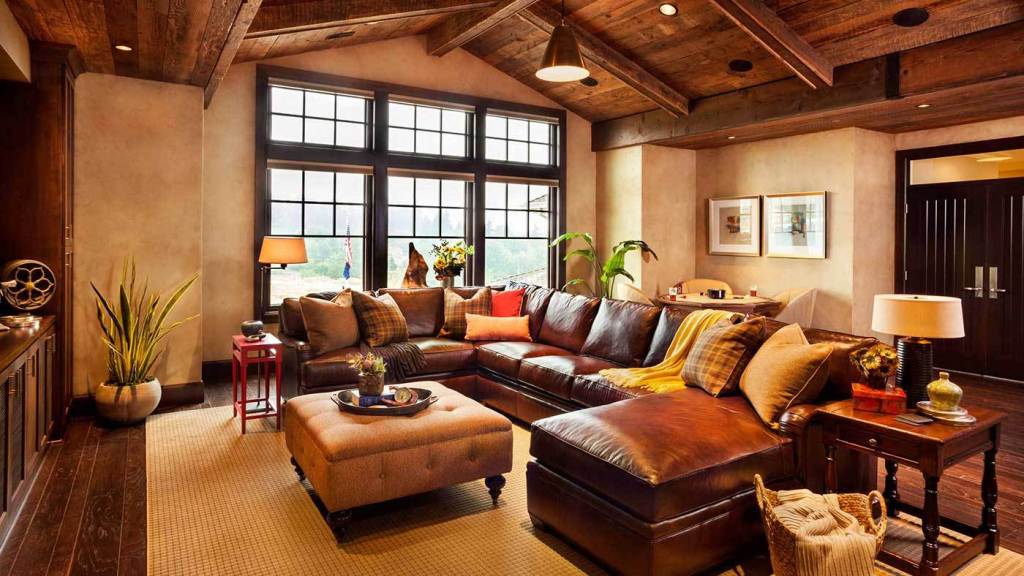The glories of the past are brought to present by the warmth and elegance
of traditional interior design, which reflects the design
philosophy of the era bygone.
The opulence exhibited by the interiors of the past are brought to life by this style. A broad spectrum of history ensures a similar variety of colours and shades to choose from. The plush, luxurious tones such as warm reds and burgundy, vibrant greens, royal gold tones, zesty yellows and blues leave their impact as a true mark of traditional interiors. Of course, balancing the loud nature of shades is carried out by applying them in combination with neutral shades of grey, beige and white.
An admirer of dark woods is naturally drawn to this style of interiors. Often, a traditional interior makes a neutral tone as its background which sort of connects all the other elements such as colourful furniture, art works and curios. This helps in maintaining the individual pop-out effect while ensuring harmony in the interiors. The rich jewel shades are mainly used for accent purposes. The intertwining shades of bold and neutral hues result in a warm welcoming space with hints of elegance in it. The use of traditional decor patterns such as florals, paisleys, damasks, stripes and plaids are regularly implied on furniture pieces, accent walls or soft furnishings. Flooring is usually carried out by using hardwood strips, with as rich a hue as possible. Some commonly used woods for traditional interior spaces include maple, mahogany, cherry, merbau and walnut.
Contrary to Contemporary Design, traditional interiors make sure that no element relates to minimalism! This absolute ideology is executed in the form of bulky furniture pieces, depicting classic features such as claw foot, button-tufted pieces, arm chairs, carved wood and metallic adornments. Hardwoods of rich hues are incorporated for flooring and furniture. Soft furnishings make use of high-end fabrics such as leather, velvet or silk.
The use of rich woods and luxurious fabrics for furniture, flooring and furnishings cannot be emphasized enough- it is the unparallel statement in traditional interiors. The resulting classic European style inculcates warmth and cosy affect in the end user. However, it can be combined with design elements of another style if desired by the user, to create another personalized and unique interior. The outlines of furniture and furnishings form the silhouettes of the traditional interiors which they occupy. To bring about the classic look, 18th and 19th century pieces such as claw-footed tables, curved furniture pieces, winged-back chairs and antiques, Chippendale, Queen Anne and Georgian are taken as inspiration to source mimicking pieces.



